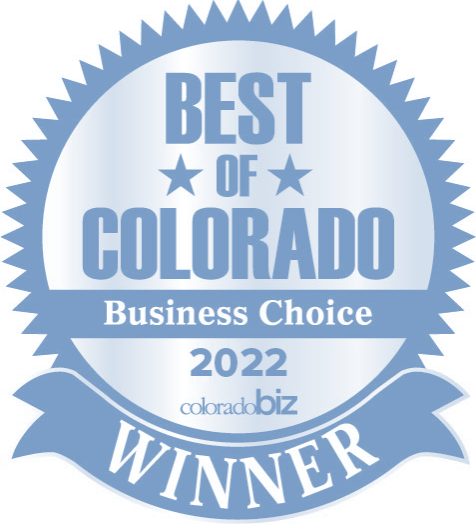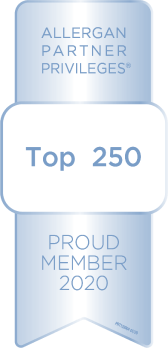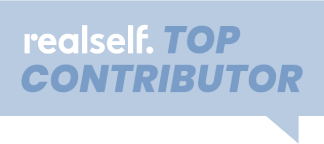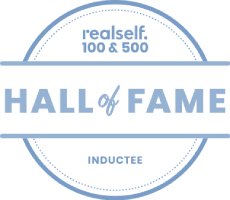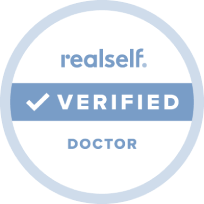As we age, it is not uncommon to begin seeing more veins, blood vessels, and capillaries underneath our skin. That’s because the body slows its production of collagen as time goes on. Collagen helps the dermis (the middle layer of our skin) repair itself when injured or otherwise compromised. With less of that healing power, our skin appears to thin and we can start to see the fine network of our circulatory system. While this is helpful in an anatomy class, on a mannequin, it’s not really desirable on us real life humans - especially if it’s varicose or spider veins that are becoming visible. Let’s learn more about each of those afflictions and what you can do about them.
Varicose vs. Spider Veins
How about a little anatomy refresher - veins: blood vessels that return deoxygenated blood to the heart. When we’re talking about veins in your legs, they have to pump blood upward from the feet, working against gravity. Over time and also due to some risk factors, the valves that keep blood moving upward can weaken. This causes blood to flow backward, a condition called venous reflux. The result is overfilled, bulging veins commonly referred to as varicose veins. They can be blue, red or purple in color. The twisted, rope-like veins typically show up on the thighs, calves, shins, or around the ankles.
Spider veins are similar to varicose veins, though they are smaller and usually appear reddish in color. As the name implies, they can look like a small spider web or tree branches. These veins tend not to bulge like varicose veins, but can still cause concern as they can be found on the legs or on the face. Luckily, they are not painful as varicose veins can be. These are not uncommon experiences, though. It is estimated that between one-third and one-half of all adults suffer from chronic venous insufficiency (CVI), the condition that usually causes varicose veins.
Causes and Symptoms of CVI
If you have varicose veins, you may feel numbness, aching, pain, cramping, itching and/or fatigue in your legs. Your legs may feel very heavy and symptoms may worsen after sitting or standing for long periods of time. Hormonal shifts can affect symptoms and severity of varicose and spider veins, as this is believed to be a contributing factor. It’s why we see the condition afflicting many pregnant women. Other contributing factors are genetic. If varicose veins run in your family, you may find yourself dealing with them too. Also, obesity, sedentary lifestyle, and hormonal birth control or hormonal therapy can all put you at greater risk of developing vein issues.
Treatments for Varicose & Spider Veins (or CVI)
If you’ve been wearing your compression socks to ease the pain and discomfort caused by your varicose veins, you know the annoyance. Those socks aren’t exactly a fashion forward accessory and they certainly aren’t practical in the hot summer months! Fear not, for there are several procedures that cosmetic and plastic surgeons can use to treat varicose veins, depending on each patient’s specific condition. None of these surgical procedures involve the old practice of “vein stripping” - essentially removing the varicose vein. Let’s explore the different options for someone faced with painful varicose veins or unsightly spider veins.
Varicose Vein Treatments
Recent advancements in the technology available for the treatment of varicose veins means that you don’t need to undergo an invasive surgery to find relief. Many of the procedures available today are done on an outpatient basis and require little downtime:
Sclerotherapy
A solution/foam is injected into the vein which causes it to close. Varicose veins fade within a couple of weeks.
Laser Treatment
A good option for smaller varicose veins, short and intense bursts of light are directed onto the vein, causing it to fade and eventually disappear.
Catheter-assisted Radiofrequency or Laser Energy
A catheter is inserted into the vein and heated with radiofrequency or laser energy. As it is retracted, it destroys the vein, causing it to collapse and seal itself.
Laser Therapy to Treat Spider Veins
The Diolite laser is our go-to tool for removing unsightly spider veins on the face. The procedure is very short – it can take as little as 5 or 10 minutes, depending on the area(s) being treated, and there is no downtime. We also use the Diolite laser to correct other common skin problems, such as dark spots or age spots, cherry angiomas, and small moles. Some patients see great results after a single treatment, though we have found that a series of 2 to 5 treatments may be needed, depending on the specific skin issue being treated.
While many people will experience little to no pain associated with spider veins and varicose veins, a good number will have plenty of pain or discomfort. If you've been looking for a final solution to your achy legs or embarrassing spider veins, please use the link below to contact us for your personal consultation with Dr. Raval. We will answer all of your questions and help you navigate the treatment plan that will be just right for you.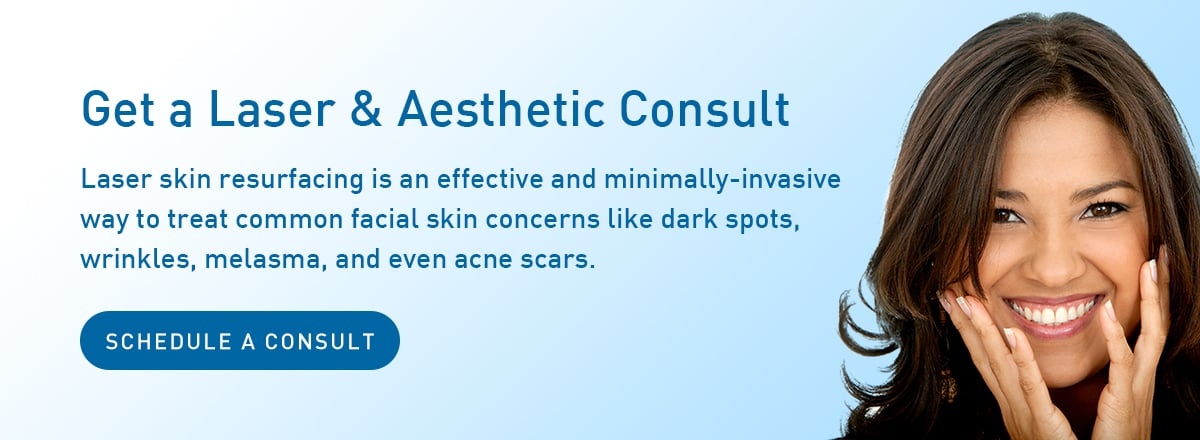
- Acne
- Botox/Dermal Fillers
- Browlift
- Chemical Peels
- Chin Augmentation
- Consultation
- Denver Facial Plastic Surgeon
- Deviated Septum
- Eyelid Procedures
- Facelifts/Necklifts
- Headaches/Excessive Sweating
- Healthy Living
- Laser Hair Removal
- Laser Treatments
- Latisse
- MedSpa
- Memberships
- Microdermabrasion
- Nasal Valve Collapse
- Non-Surgical Procedures
- Rhinoplasty
- Skin Care
- Thread Lifts
- Wrinkle Treatments

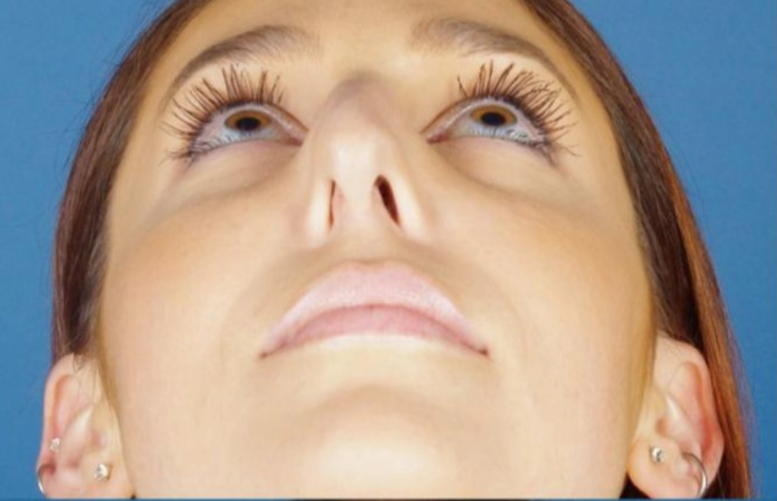
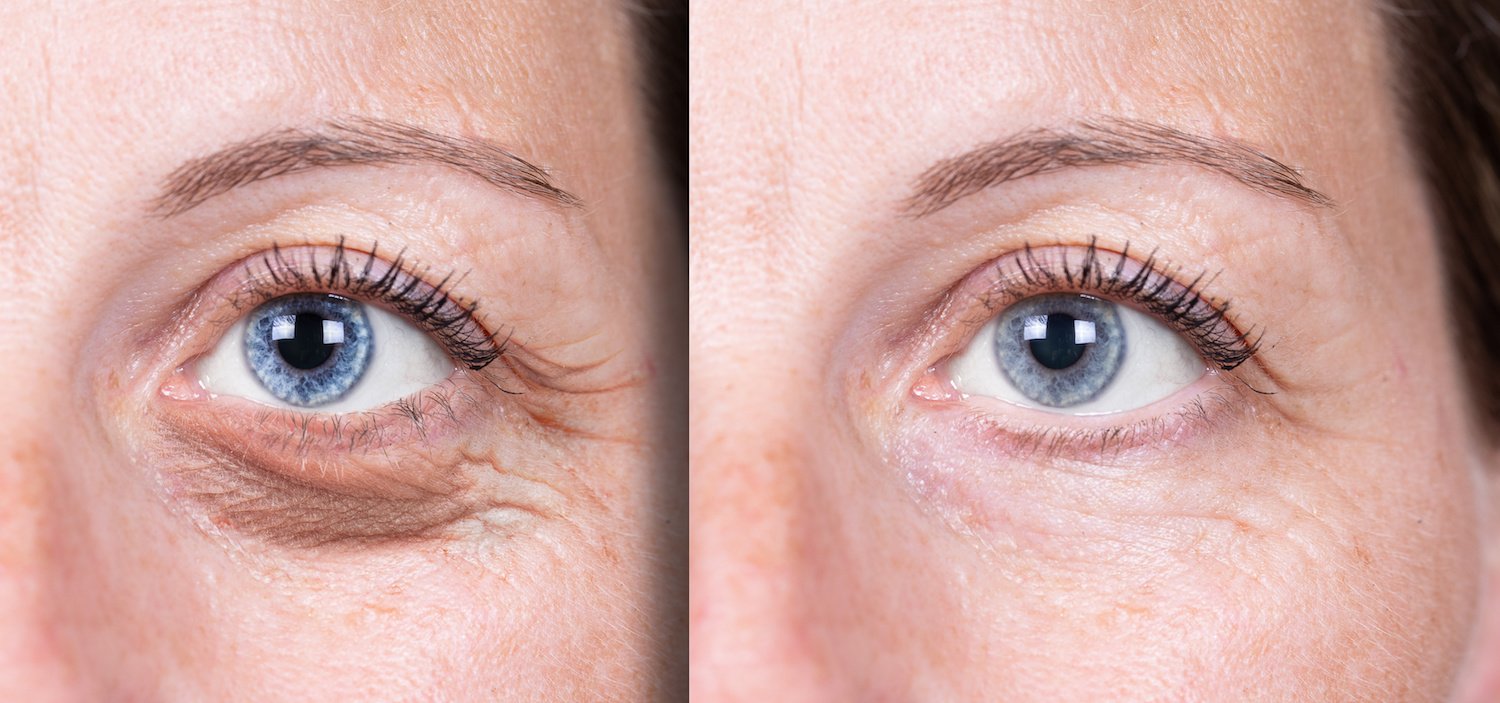
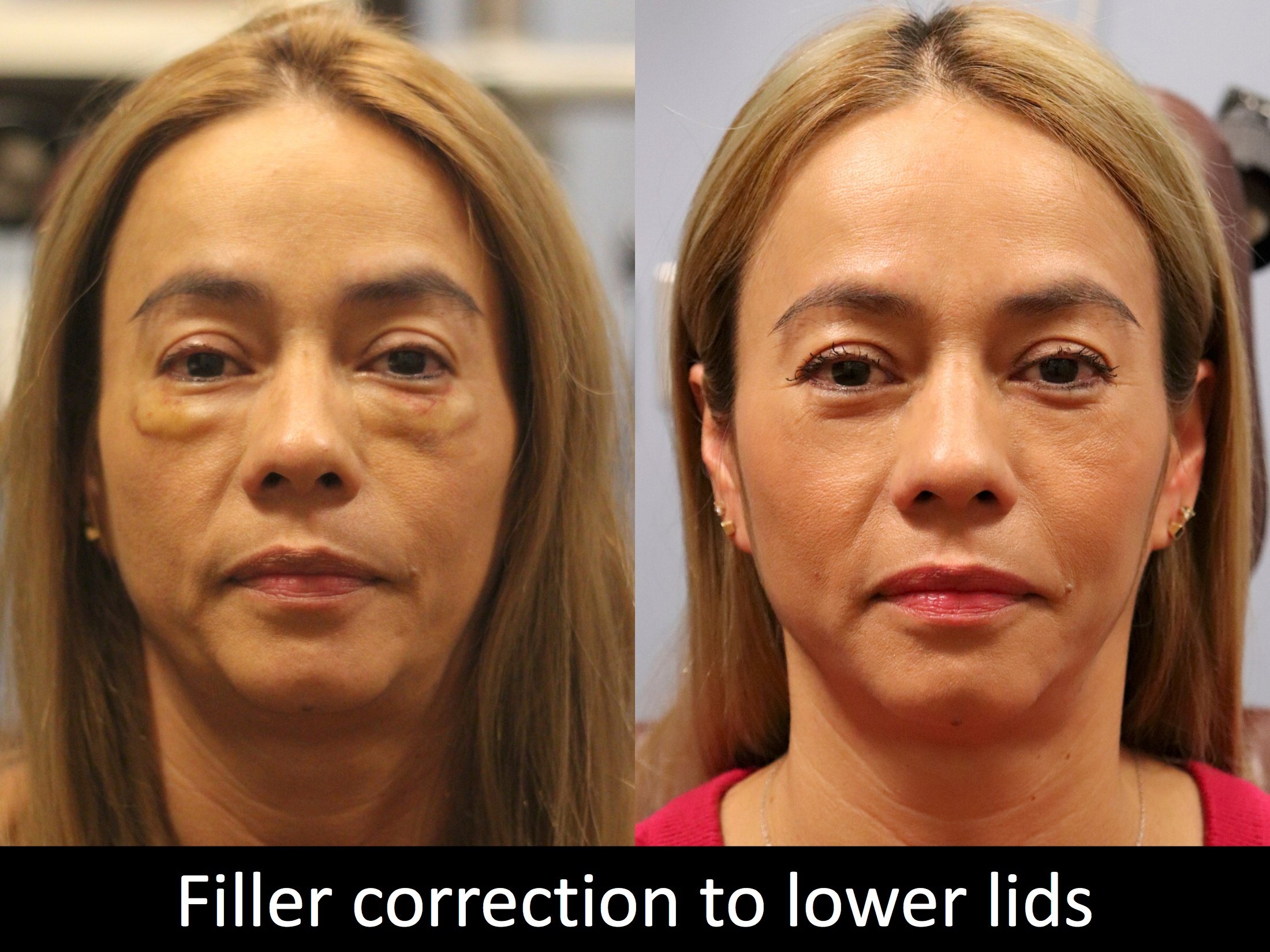
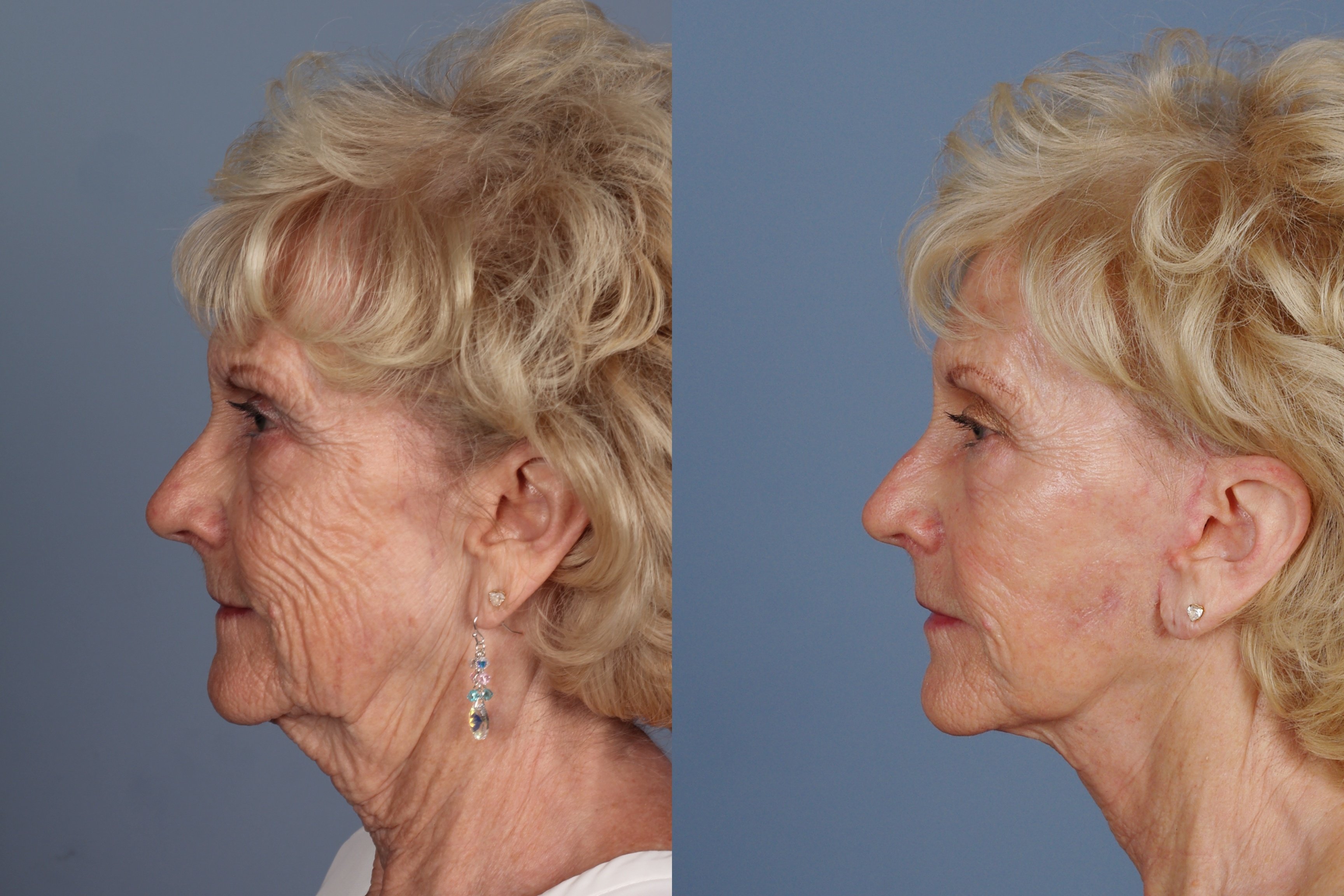
.jpeg)

